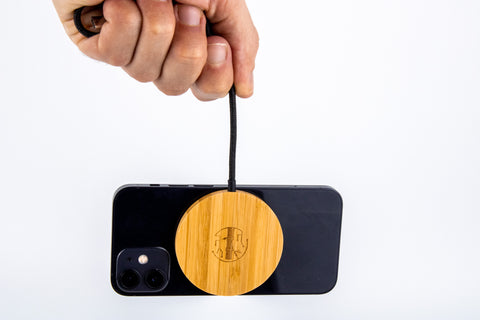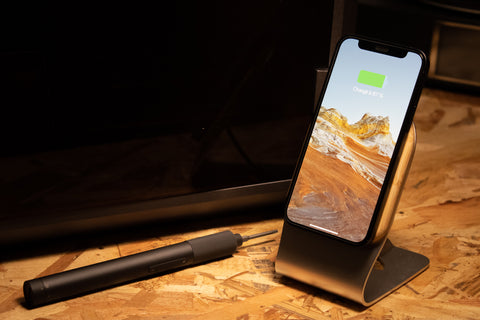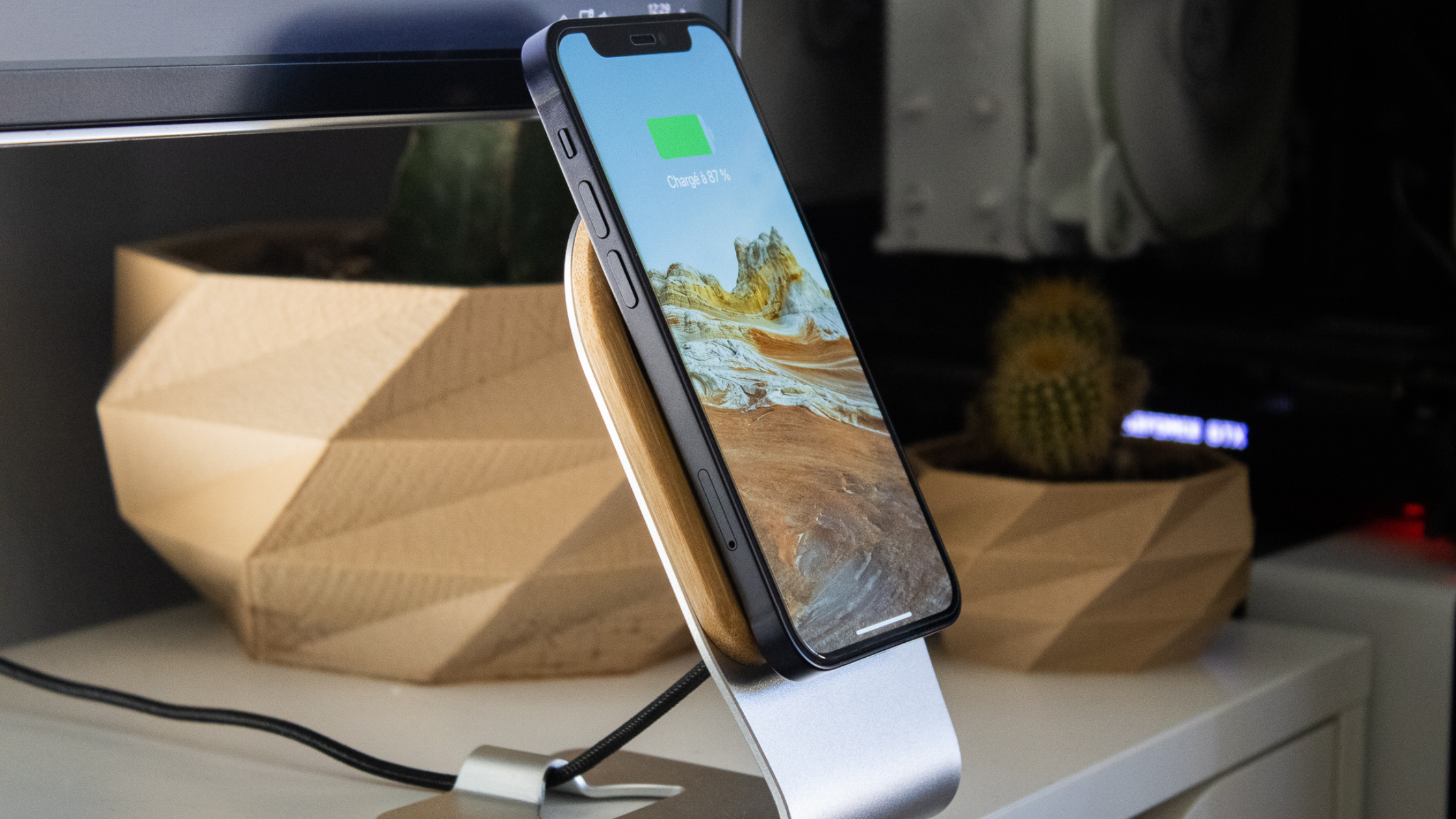When we talk about revolutionary technologies , Apple is often at the top of the list. From the introduction of the Retina display, to Face ID facial recognition, to MagSafe technology , every Apple product pushes the boundaries of what's possible.
So, what is MagSafe technology and how does it work? In this article, we will explain its mechanism and its interest to you. So if you are an Apple user, this article is for you. You will be won over by MagSafe technology !
How does MagSafe work?

MagSafe is a smart magnetic technology developed by Apple. It was first introduced by Apple in 2006 with MacBooks to charge computers conveniently and securely. The initial goal was to make it easy to unplug the cable, and not put pressure on the charging port if the cable is pulled or suddenly torn from the computer.
Fourteen years later, MagSafe has made its return with the latest iPhone models since the release of the iPhone 12 in 2020. Integrating this technology into each model, Apple aims to offer a unique charging experience and a distinctive user experience. .
How MagSafe works relies on a series of magnets positioned on the back of iPhones, around their internal charging coil. These magnets align perfectly with MagSafe chargers , ensuring a stable connection and efficient charging.
But since the introduction of this technology on the latest iPhone models, MagSafe is no longer limited to simple charging. It does much more than that...
What is the point of MagSafe?

As you will have understood, the primary interest of MagSafe technology is to make recharging simple, quick and efficient . Indeed, charging with a MagSafe charger offers a much higher level of efficiency than traditional Qi wireless charging. The charging coils being perfectly aligned with the charger, this allows rapid charging at 15W of power , compared to 5W or 7.5W for most wireless chargers.
However, the appeal of MagSafe goes beyond simple magnetic charging. Thanks to its integrated magnets, MagSafe offers an improved user experience. Indeed, compatibility with a variety of MagSafe accessories opens up new possibilities for using this technology. Card holders, magnetic rings, car holders… MagSafe is much more than a simple means of charging, offering real versatility in its use.
Are all magnetic accessories MagSafe compatible?

Not all magnetic accessories benefit from MagSafe compatibility . Indeed, this technology uses integrated magnets and intelligent sensors to detect and interact with accessories specially designed for MagSafe . This means you can't attach just any magnetic accessory to your iPhone, because MagSafe only recognizes those designed to be compatible with this technology.
Additionally, MagSafe is designed to eliminate any risk of interference, unlike some magnetic technologies which can cause interference with other electronic components.
When choosing accessories for your MagSafe-equipped iPhone , be sure to check compatibility. Moreover, we strongly recommend that you opt for an iPhone MagSafe case to combine protection and functionality. Indeed, these MagSafe cases are specially designed to make charging easier , thanks to precise alignment with MagSafe chargers , and to simplify the magnetic attachment of accessories to your phone.
Conclusion
MagSafe technology is much more than just wireless charging technology .
Compatible with all iPhone models from the iPhone 12 model, it reinvents and simplifies the way you use your iPhone. Its major asset? Ultra-fast charging and infinite versatility with various accessories.
On the other hand, if your iPhone is older than the 12 series, don't worry, there are solutions to use MagSafe technology . Magnetic rings can be attached to the back of your phone, turning your old model into a MagSafe compatible device . So you can enjoy the many benefits of this technology even with the oldest iPhone models.
And if you have a MagSafe compatible iPhone , we recommend that you purchase a MagSafe case to protect your phone while taking full advantage of the benefits of this technology.

The benefits of standing work: Why you should change the way you work
Guide 2024: Office design trends not to be missed!